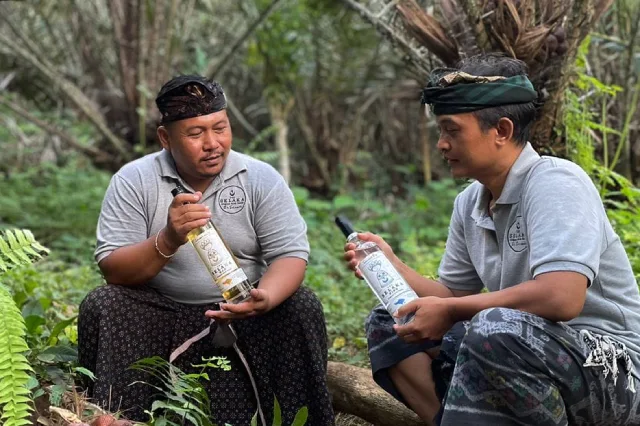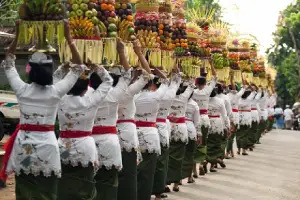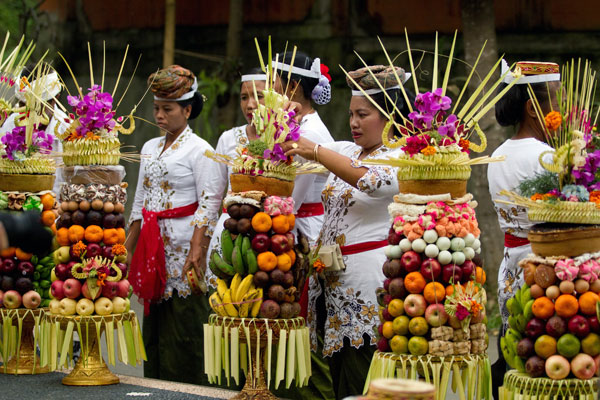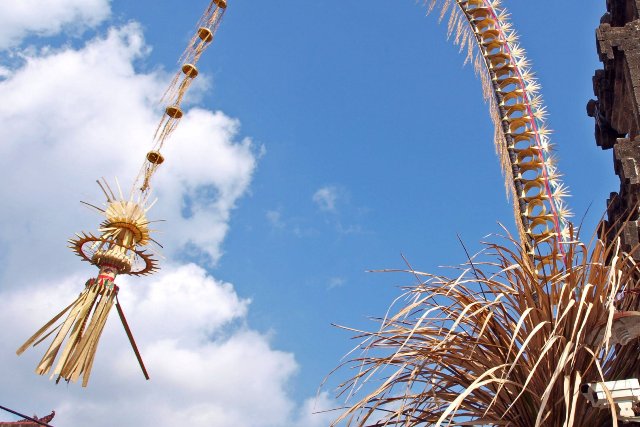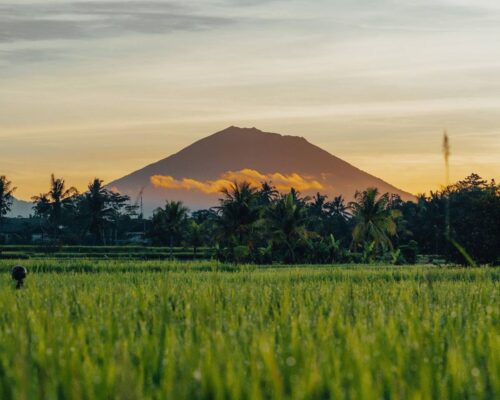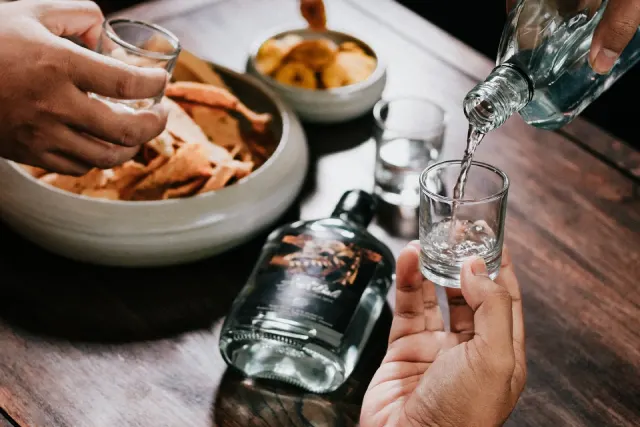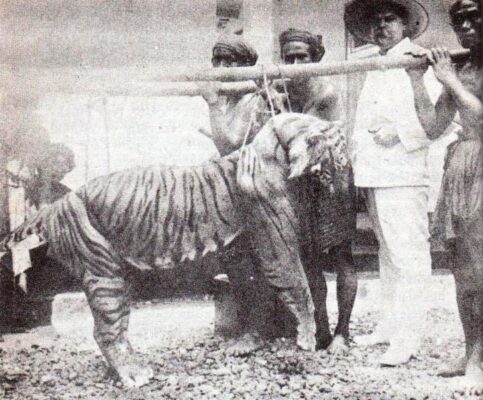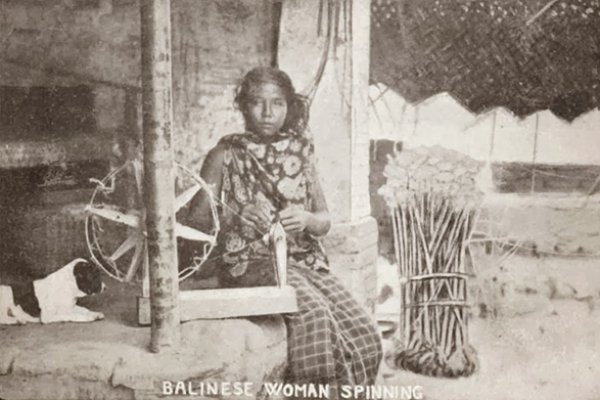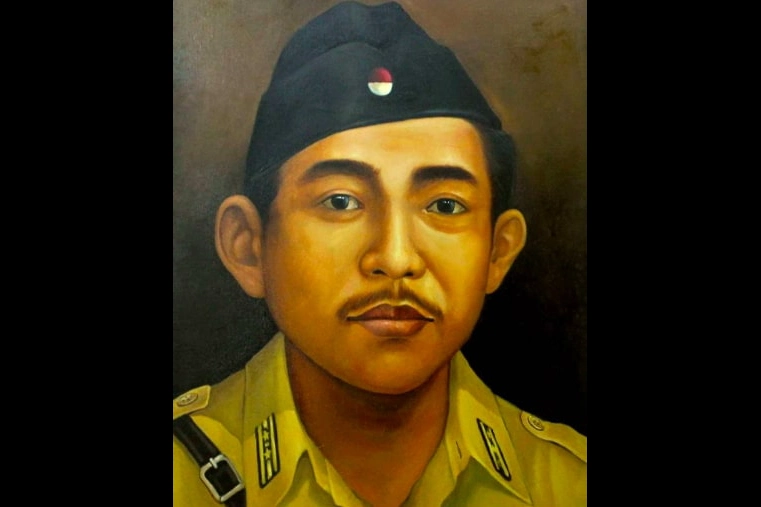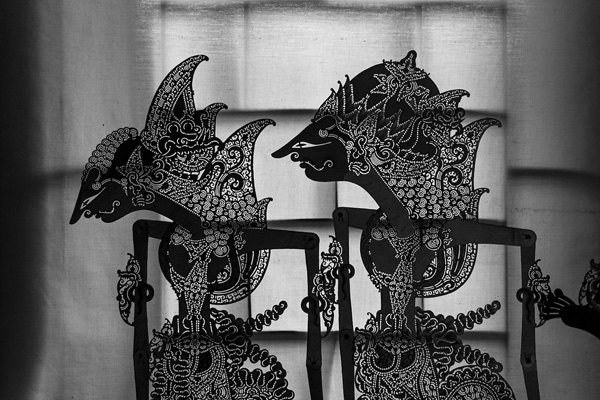Things to Do in Bali
Traditional Paintings, Wood & Stone Carvings, Jewellery, and Textiles
The Hindu and Buddhist traditions of India first made their way to Java and then to Bali around a thousand years ago, providing an important cultural foundation for Balinese society. Javanese culture drew inspiration from a variety of sources, including that of the Chinese and Malay peoples. Bali infused these various cultures, giving rise to what is now known as Hindu-Javanese art and craftsmanship. Many Balinese artists of old possessed multiple talents, including painting, sculpture, and even dance. Art in Bali was and is deeply rooted in the local religion and was created solely for religious ceremonies. Bali’s profound spiritual traditions are inextricably linked to artistic expression as a means to express devotion and fulfill obligations towards the deities.
Paintings, carvings, jewelry, and stonework all over the island reflect the Balinese people’s distinct style. While Ubud may be the most well-known area for Balinese artwork today, the majority of artists have always lived and worked in the smaller villages that have become known for their particular specialty. These days, most vacationers opt for mass-produced works of art and handicrafts as mementos and gifts for friends and family back home. But there are also those who prefer to take their time and travel to remote locations, such as villages, to purchase authentic artworks directly from their creators.
Balinese art has become increasingly commercialized in recent decades, influenced by tourism despite being authentically based on the artwork used for spiritual practices and temple decorations. Many works by Balinese artists have been shown in prestigious American and European galleries, and the island’s artisans export their wares worldwide.
Balinese Paintings
Although Balinese paintings have been around since the 13th century, it wasn’t until the 1920s that they really took off. Until then, the vast majority of Bali’s painters had focused on religious subjects.
Traditional Balinese artwork was heavily influenced by religion, depicting stories from the Hindu epics Ramayana and Mahabarata. These works, like those found in the art form known as “wayang kulit,” were painted in a straightforward manner using only natural dyes made from cotton flowers and rice starch (shadow puppetry from Java). Pura Besakih is home to some of the world’s oldest and best-preserved paintings, including one of Ganesha from the 15th century. Museums, palaces, and temples in Ubud are now home to some exquisite early 19th-century works.

Balinese Painting at Arma Museum Bali
Artists from the West began to settle in Bali in the early 20th century, influencing the work of Balinese artists in Ubud and the nearby village of Batuan.
The King of Ubud invited Western artists to Bali in 1927, with the hope that they would teach local artists new techniques. In return the King provided free accommodation.
German Walter Spies, Dutchmen Arie Smit and Walter Bonnet, and Belgian Adrien-Jean Le Mayeur were among the artists who travelled to Bali at that time; their works are now worth millions of dollars.
The Wondrous Life of Walter Spies
Paintings with vivid colors and intricate detail, popularized by artists like Spies, revolutionized the local art scene.
Artists like Spies influenced locals to abandon traditional methods in favor of more vibrant, detailed paintings, which proved extremely popular.
As a result, starting in the 1930s, the areas of Ubud, Batuan, and Sanur became well-known among tourists for producing high-caliber art. During that time period, renowned Balinese artists such as I Gusti Nyoman Lempad, Ida Bagus Gelgel, and Ida Bagus Kembang flourished. They had assimilated Western ideas and techniques into their traditional artistic practice.
Anatomy of an Artwork: Walter Spies
Since then, Balinese art has progressed much farther. Ubud is the island’s cultural epicenter, and it is here that you’ll find the island’s finest art museums. However, you can also visit museums in Sanur and Nusa Dua to see works by renowned Balinese artists.
There are several places in and around Ubud, Bali, where you may view examples of the great variety of creative styles used by contemporary artists today.
Wood Carving
A popular kind of Balinese souvenir, wood carving is an age-old art form that has evolved with the island and its many visitors. Despite the prevalence of cheaply made wooden decorations with inspirational sayings and cheesy cartoon characters, there is only one location to find really skilled artisans.
Located in the Gianyar regency, Mas is a community renowned for its woodcarvings and other forms of artistic expression. Many renowned craftspeople have emerged from this area; visitors have traveled from all around the island and even other countries to study here. Wooden doors and wall pieces of varying sizes decorated with flowers, landscapes, and classic renderings of sceneries are common examples.
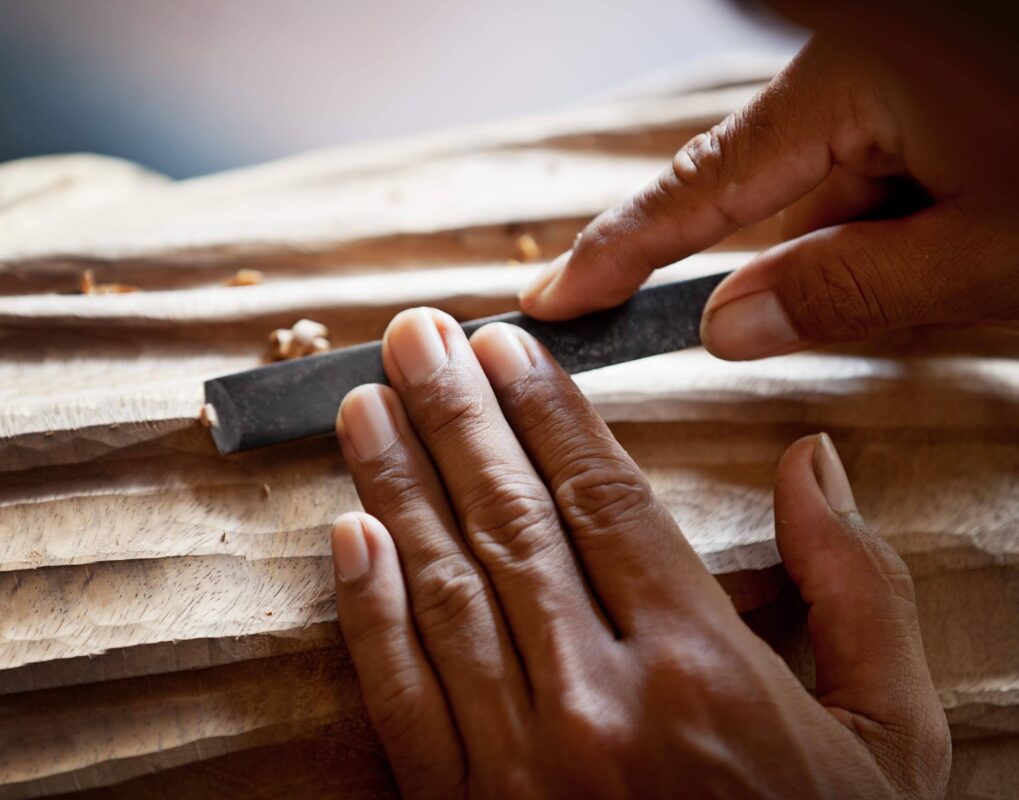
The detailed intricacies of wood carving craftsmanship
Like Balinese art, Balinese wood carving saw a dramatic shift in the 1930s and 1940s due to the infusion of western ideas and techniques. Master carvers like Ida Bagus Nyana, his son Ida Bagus Tilem, and Tjokot pushed the medium forward by experimenting with changing dimensions and proportions in little and large ways to affect the final form of a carving. They introduced an unusual aspect to carving by employing nonstandard shapes of wood and branches rather than depicting stories or images from epic mythology. Their works are symbolic representations of universal human emotions and ideas with deep philosophical and psychological underpinnings.
Stone Carving
It’s safe to say that stone carving, or more precisely stone sculpting, is one of the most complex types of art for sale in Bali. Craftsmen in Bali spend hours chipping away at stone with mallets and chisels to create intricate carvings of Hindu deities, temple guards, wall and garden ornamentation. One may easily stumble across the studios that create these sculptures, since they are positioned and show their work all throughout the streets of Bali.
Stone carving is an art form that has made the town of Batubulan renowned. Numerous stone carving companies ship their wares overseas, where they are purchased by private customers, interior designers, and retailers. One popular use for carved stone is the construction of Buddha sculptures, which may range in size from tiny to over two meters in height.
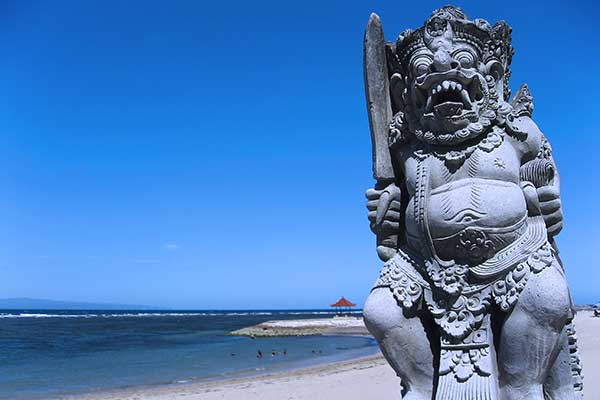
Stone-carved Statue – The Barong
Balinese Textiles and Endek
The villagers of Sidemen produce two distinct kinds of woven fabrics: the first, an Ikat weave known as endek, is suitable for both ordinary and ceremonial occasions. The sustainability of endek, a Balinese weft ikat textile, is preserved via the use of natural dyes and traditional weaving techniques to produce a wide variety of patterns. It may take up to two weeks to create a basic patterned endek design, and as long as a month to create a complex one.
The songket is a special kind of cloth used solely for religious or ceremonial occasions like tooth-filing (metatah/mepandes), cremation (ngaben), and other rituals. Silk weaved with silver and gold threads creates opulently embroidered patterns. The Songket’s delicate dyes mean that it can’t be cleaned in a machine, therefore special care must be taken whenever it’s worn.
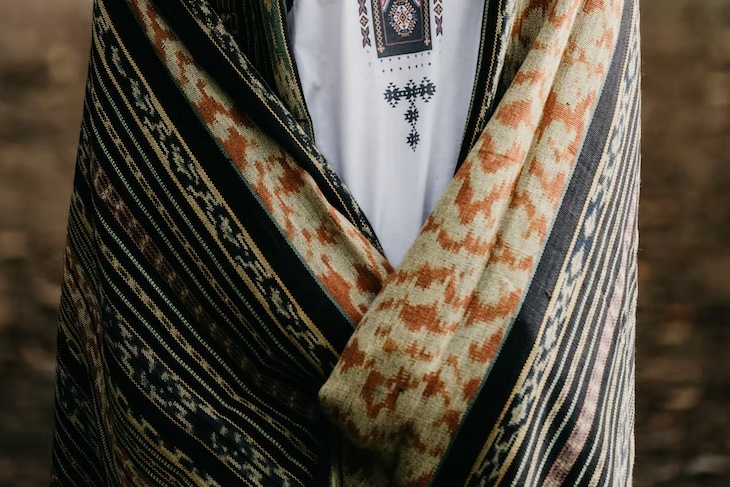
Endek, traditional Balinese fabric worn on the day to day
The people of Sidemen, a town noted for its textile artisans, spend the majority of their days weaving textiles. All of the ladies in this village, young and old alike, can weave at least basic patterns. The locals get their inspiration to continue making their exquisitely sophisticated patterned cloth from the wonderful natural setting in which they live. The evolution of endek fabric in Sulang Village started in 1975 and has accelerated over the last forty years.
In contrast, batik, which is created by applying wax-resist dyes to fabric, is a well known traditional textile that symbolizes Indonesia’s cultural legacy as a whole. Each kind of Indonesian fabric has been shown at major runway events across the world. Batik may be made in a variety of methods, either by hand-drawing the dotted and lines designs on the fabric or by using a stamp to print them. Endak and batik both need many coloring processes to ensure the intended color and motif are permanently imprinted on the cloth, but endek garments colored using artificial dyes are of lower quality and are more likely to rip or appear worn after being washed.
Silversmiths and Jewellery
Celuk is an artists village in the Gianyar region, not far from Ubud; it is famous for its exquisite Balinese and modern silver and gold jewelry. It’s a skill that’s been handed down through the generations, so most working artists started learning when they were young. It has been known as the silversmiths’ village for over a century.
Visitors to the town may buy the jewelers’ greatest works of art from them directly at prices that are far lower than those found in nearby shops. When you buy anything from the silversmiths in Celuk village, you’re supporting their efforts to maintain a centuries-old heritage and ensure the continued production of exquisite works of art.
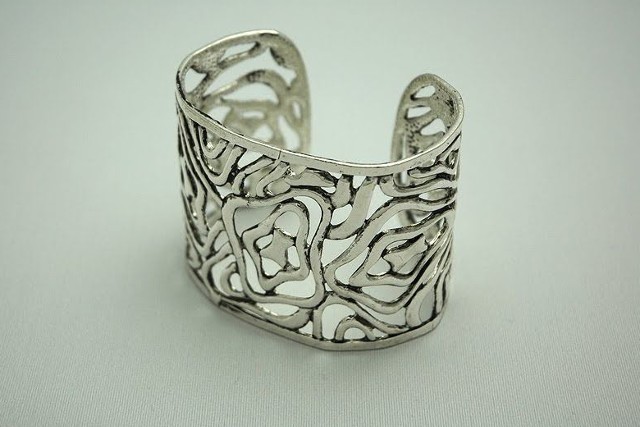
Silver jewelry in Balinese aesthetic
Accessories including rings, bracelets, necklaces, earrings, hairpins, and brooches are available, with intricate designs created by artisans with world-class skills. Many shops and artisans are willing to work with customers to produce one-of-a-kind pieces, with costs ranging from inexpensive to exorbitant depending on the materials used and the intricacy of the design. Travelers not only shop for and learn about local items, but they may also have a hand in making their own unique pieces of jewelry. For tourists interested in learning how to make their own jewelry as a memento to take home with them, several galleries offer an all-inclusive silversmiths lesson.
Most of the original inhabitants of Celuk village were farmers, but a select few families of the Pande caste pioneered the growth of the silversmith trade by working with a variety of metals to create Hindu religious artifacts. Many Balinese farmers gave up their land and moved to the cities to pursue careers in the silver and gold industries as tourism expanded to become the island’s economic backbone. However, Celuk lacks its own silver mines, so most of its raw materials must be shipped in from other parts of Indonesia.

















